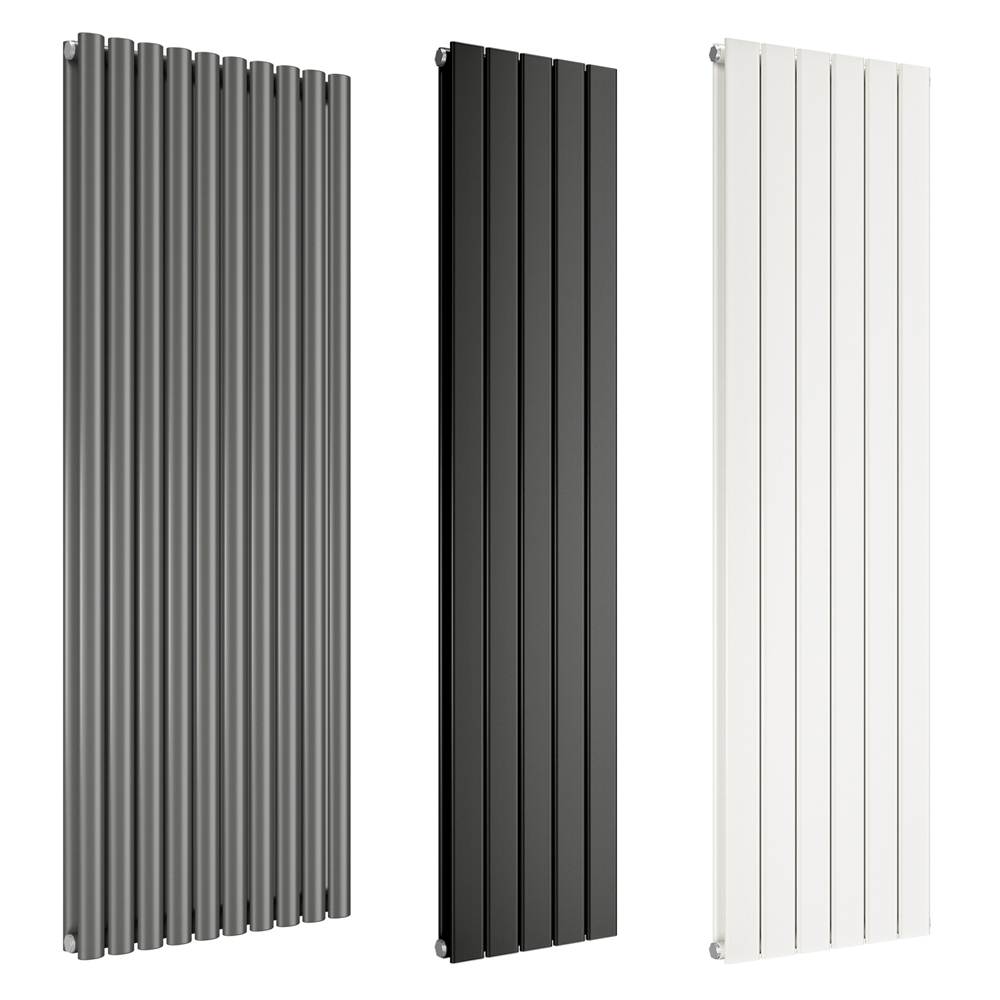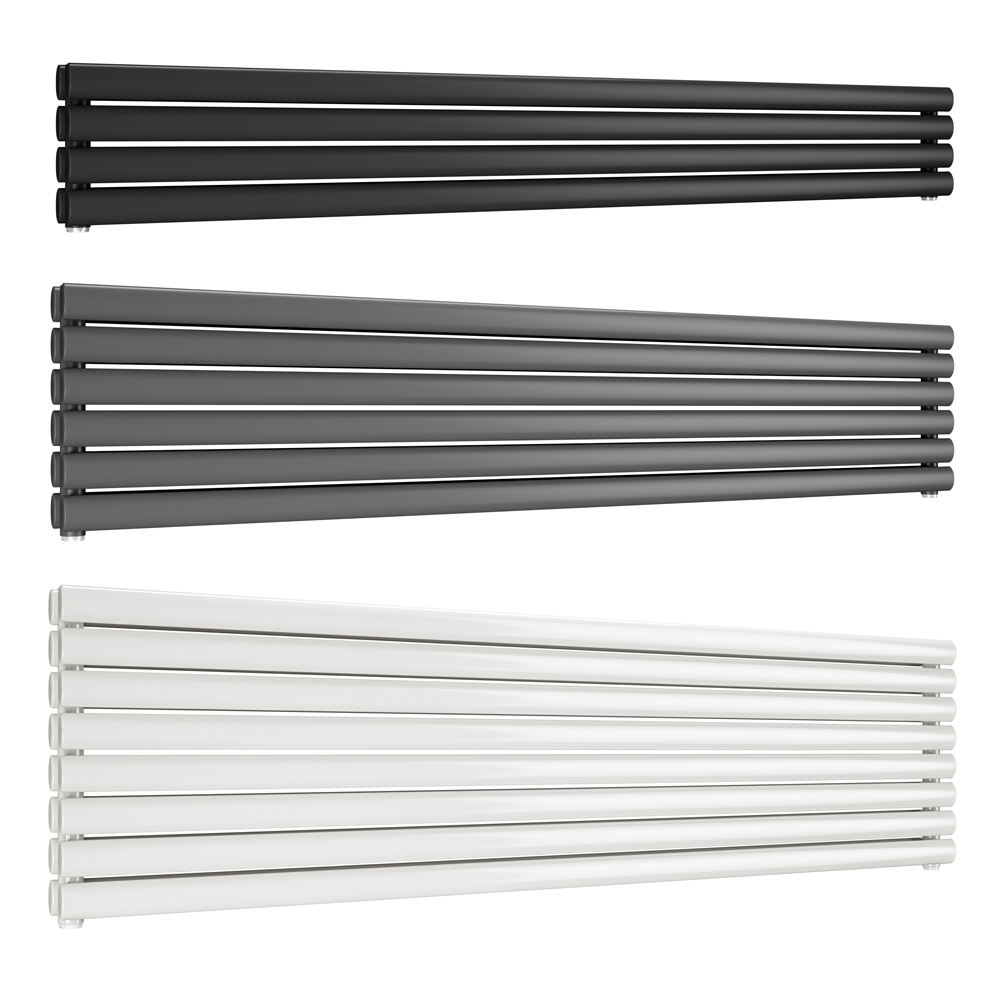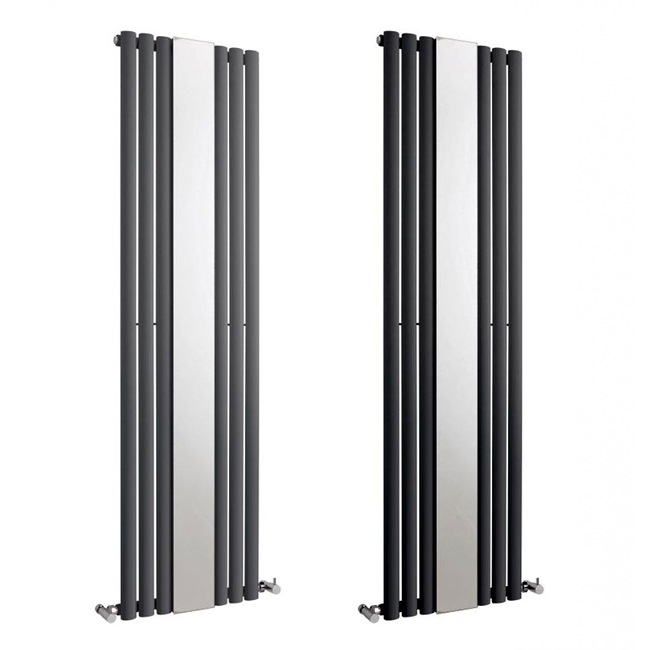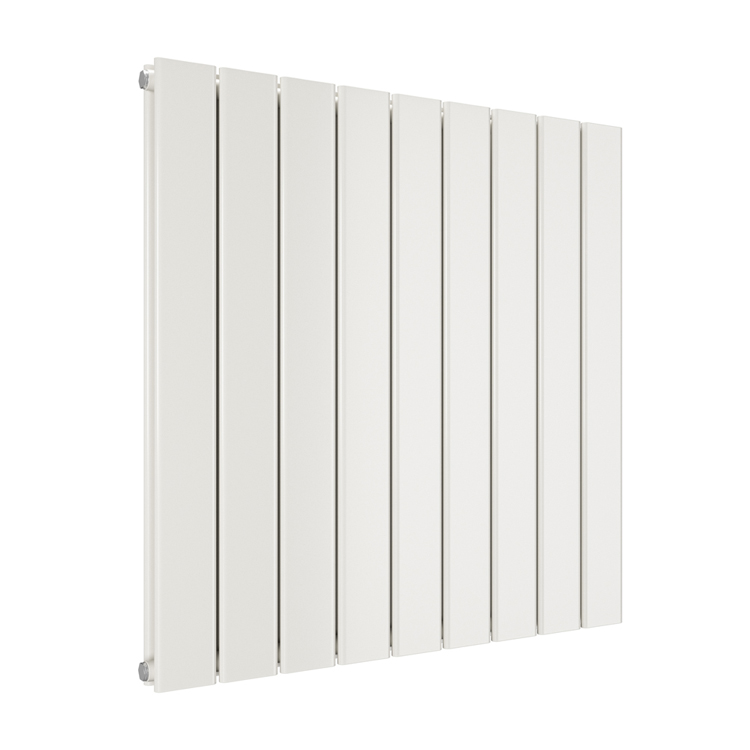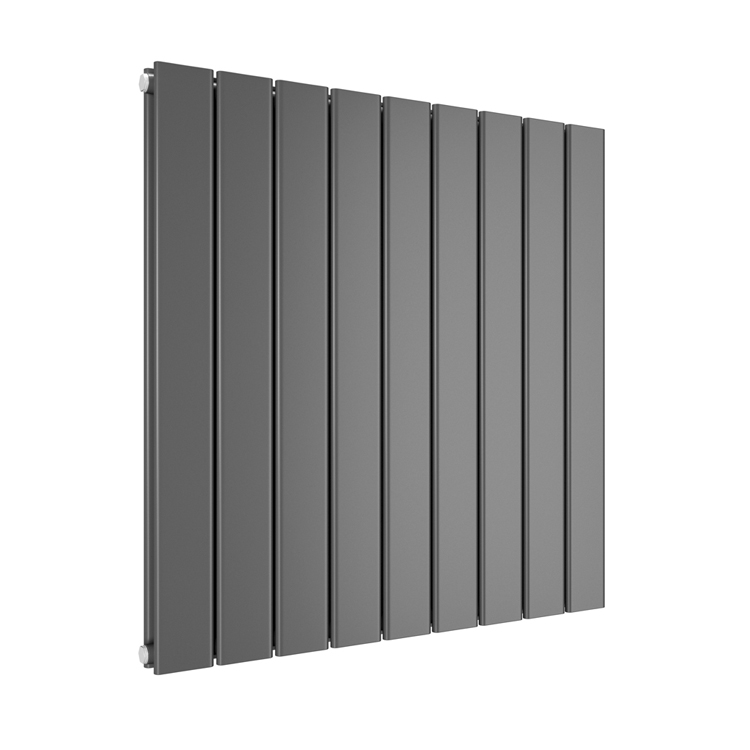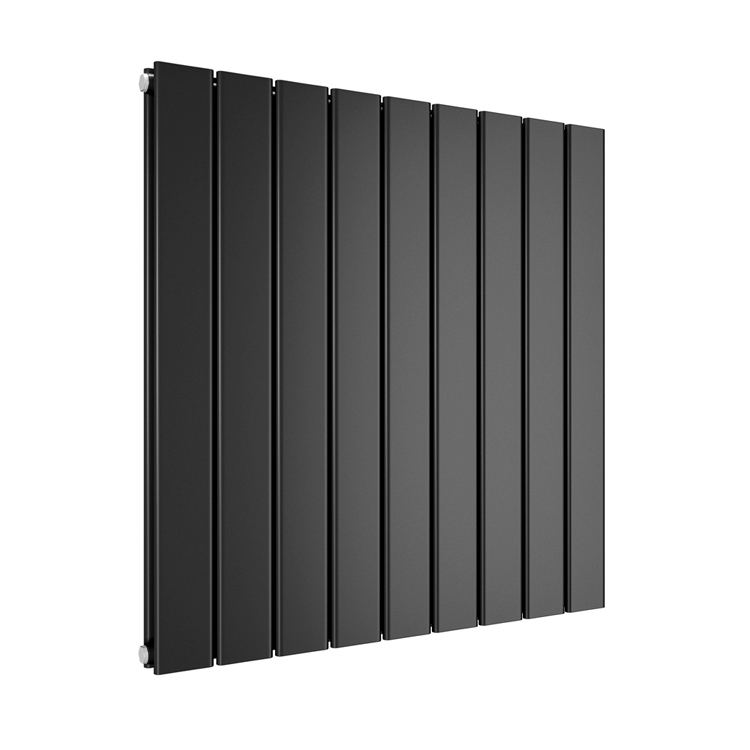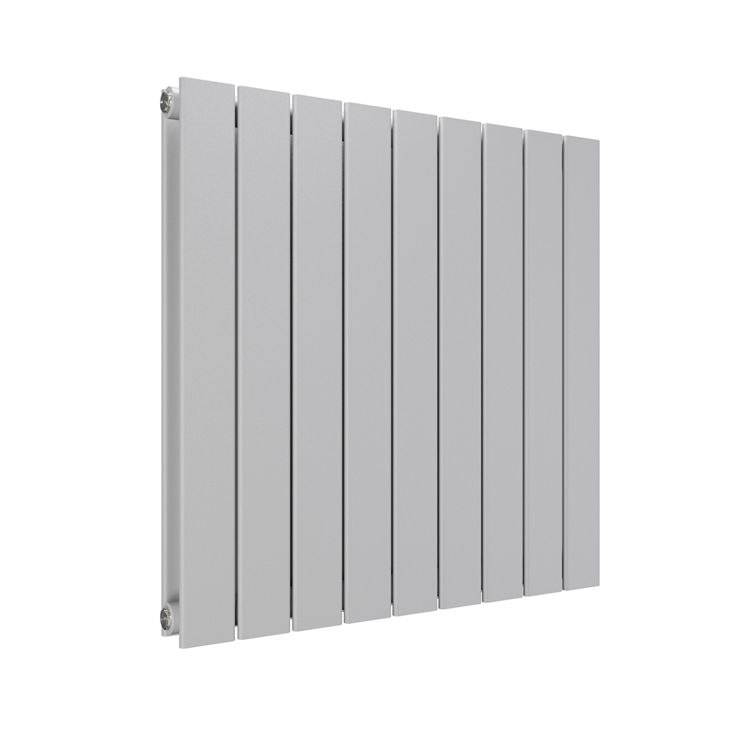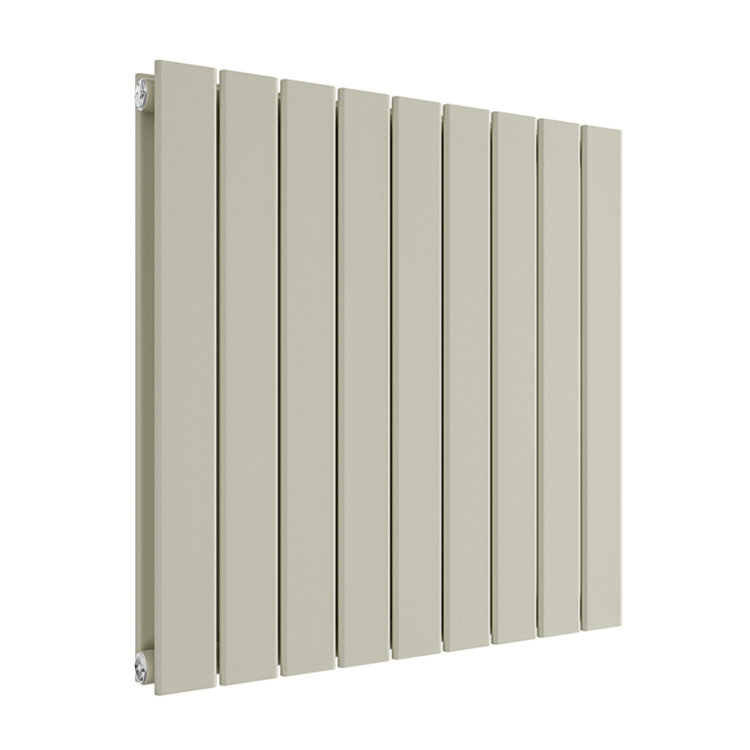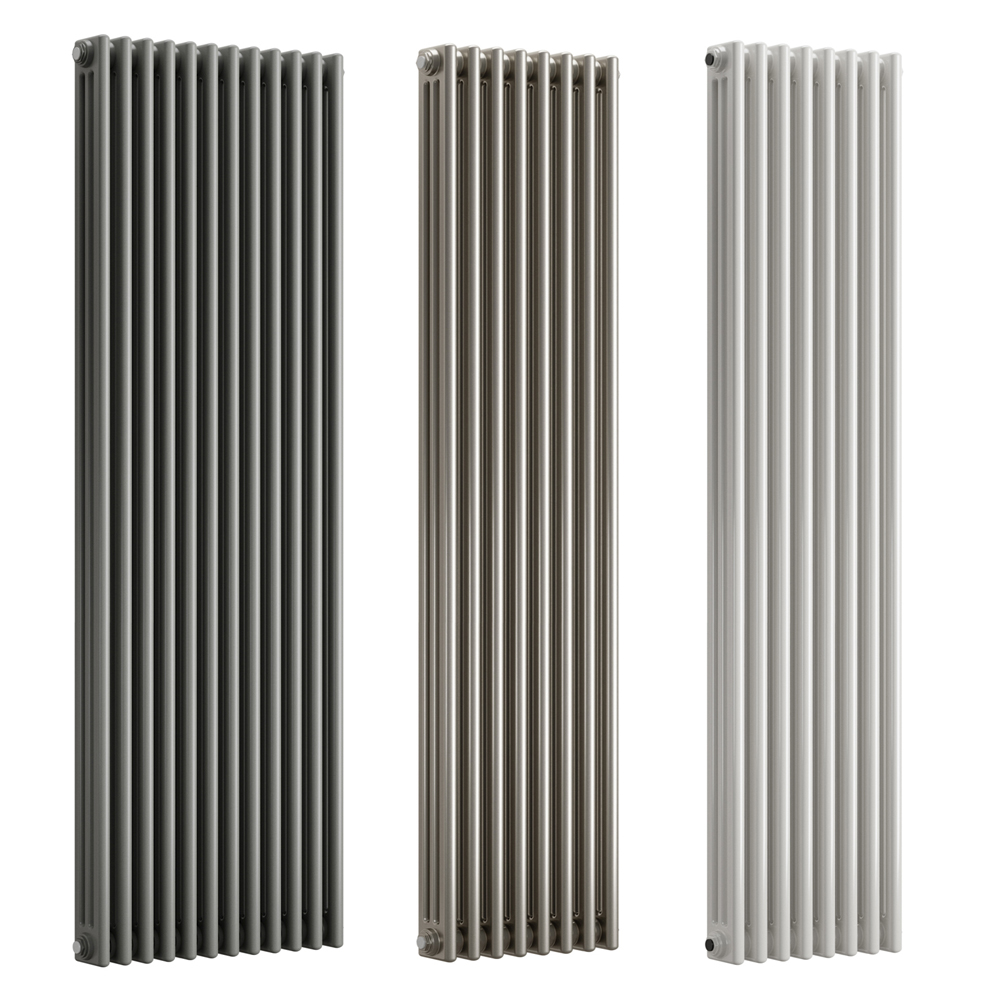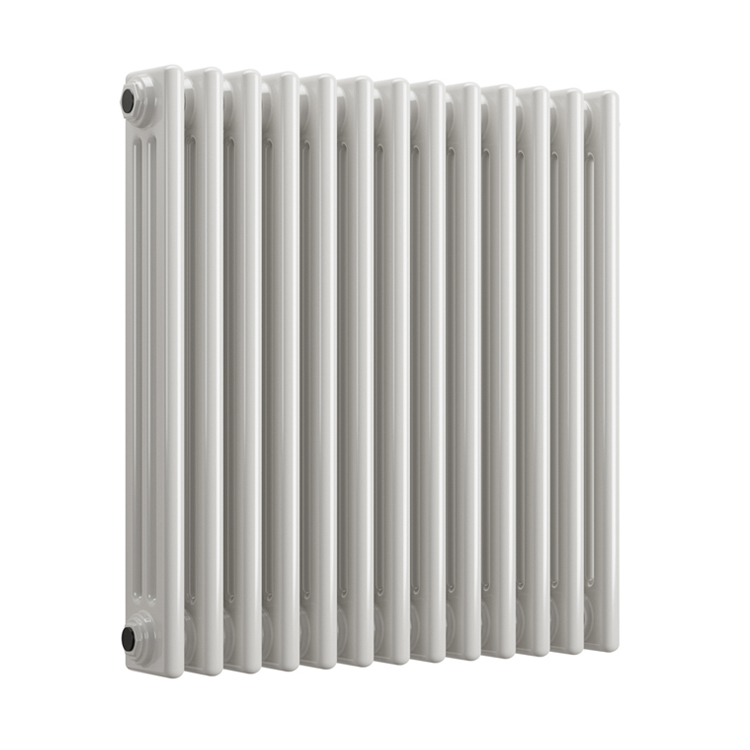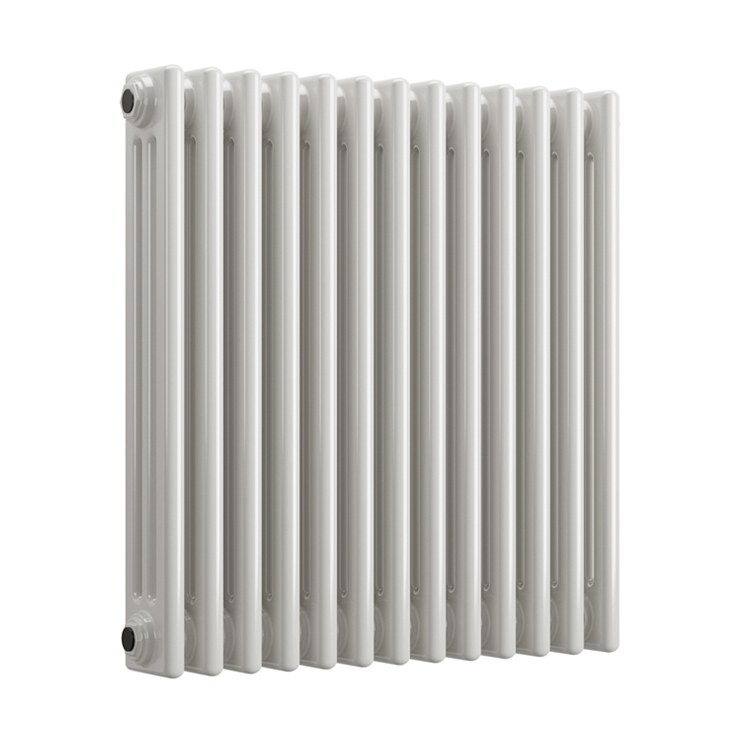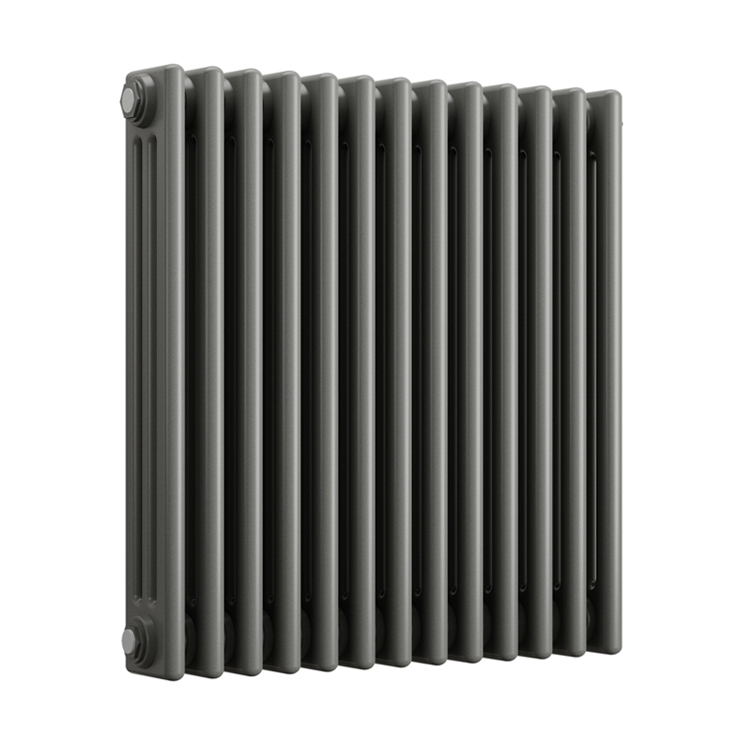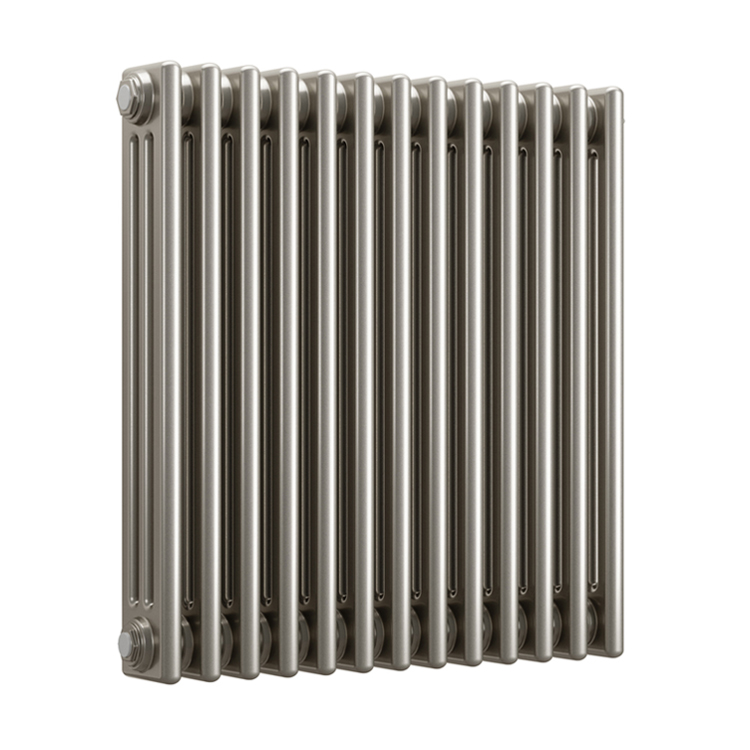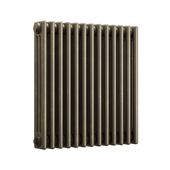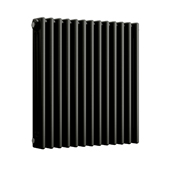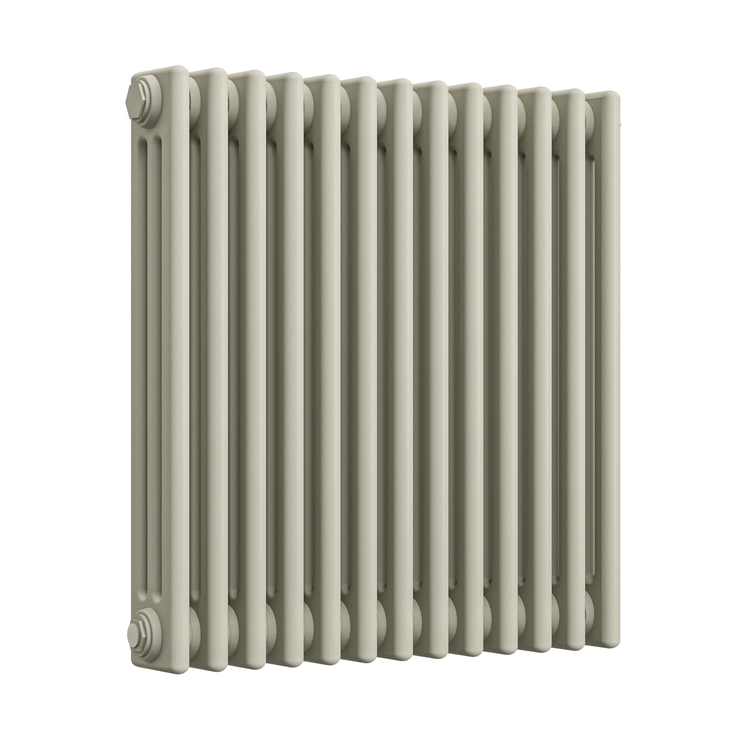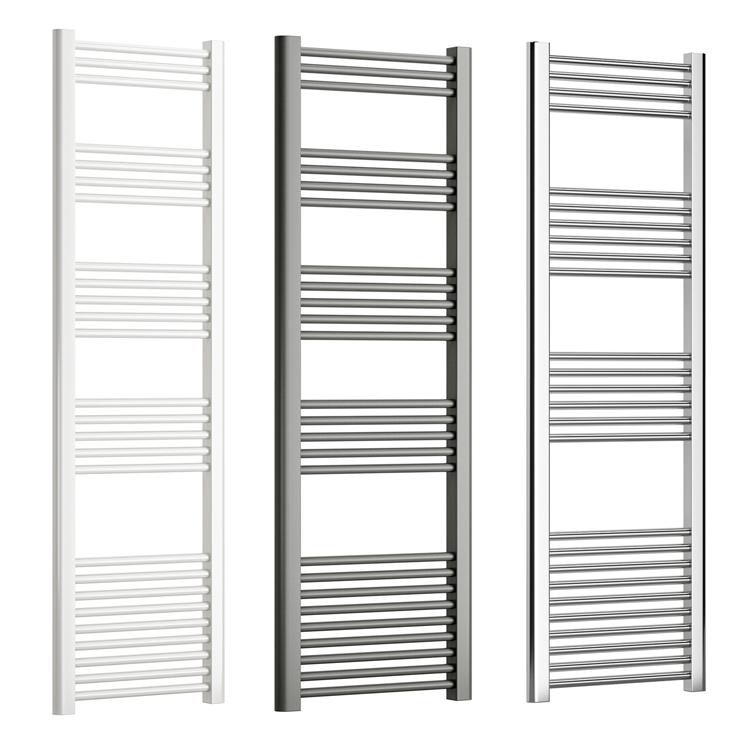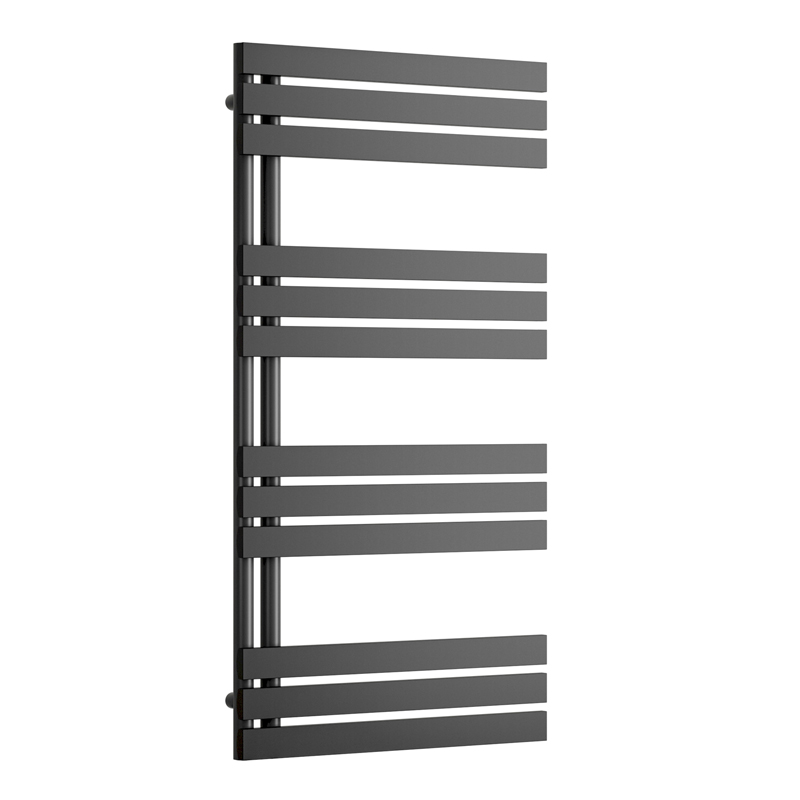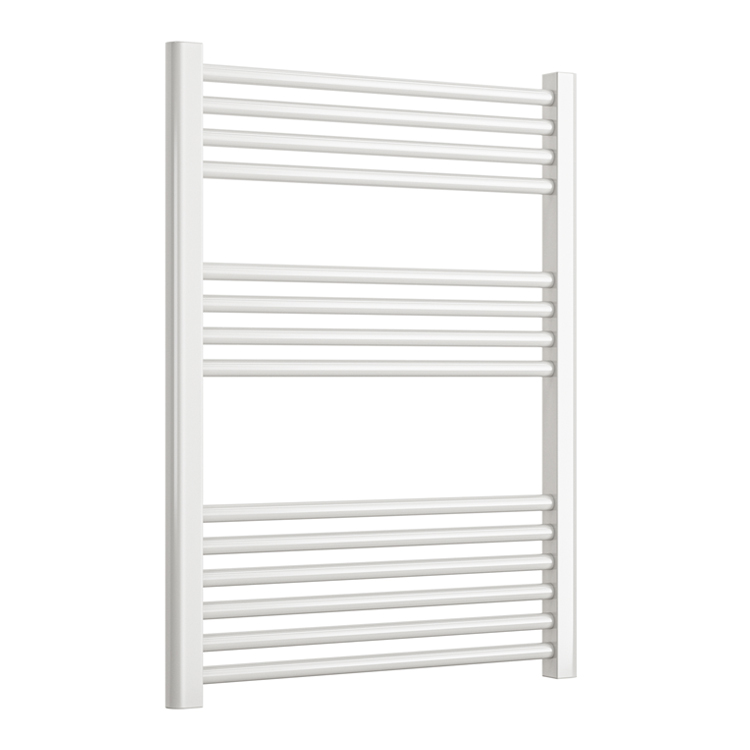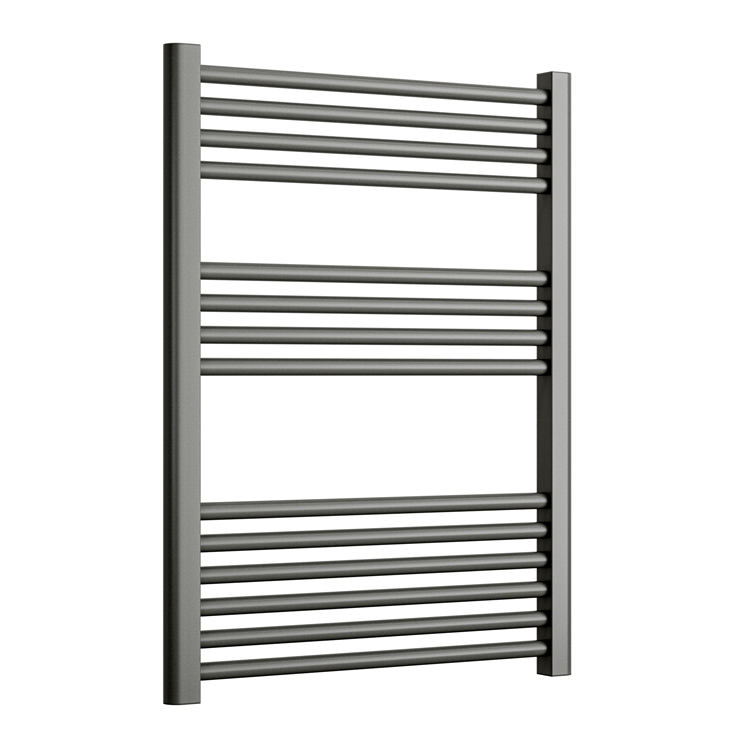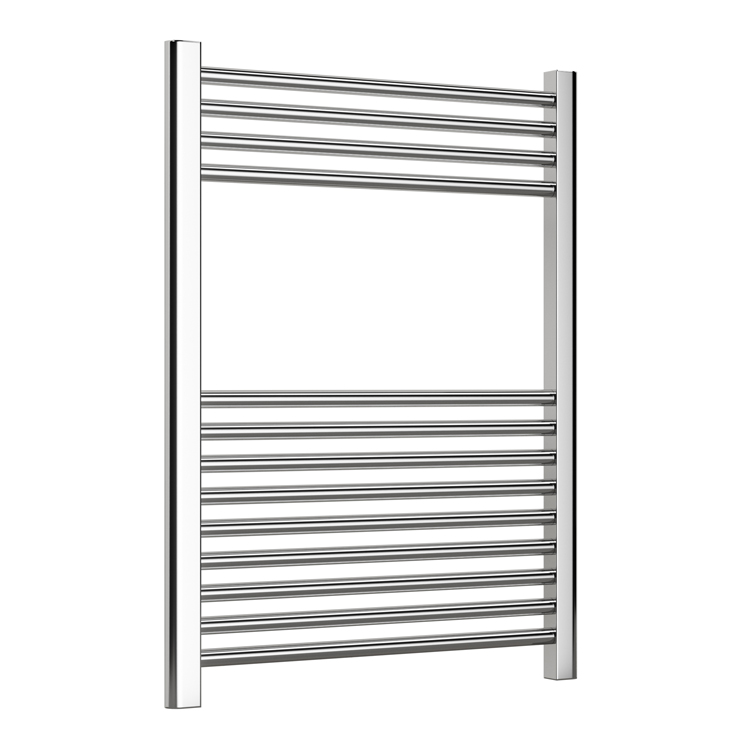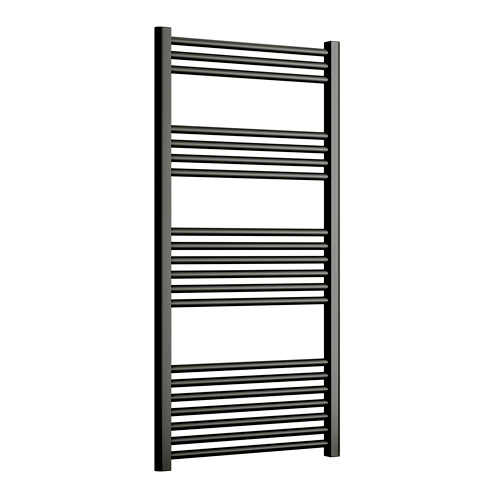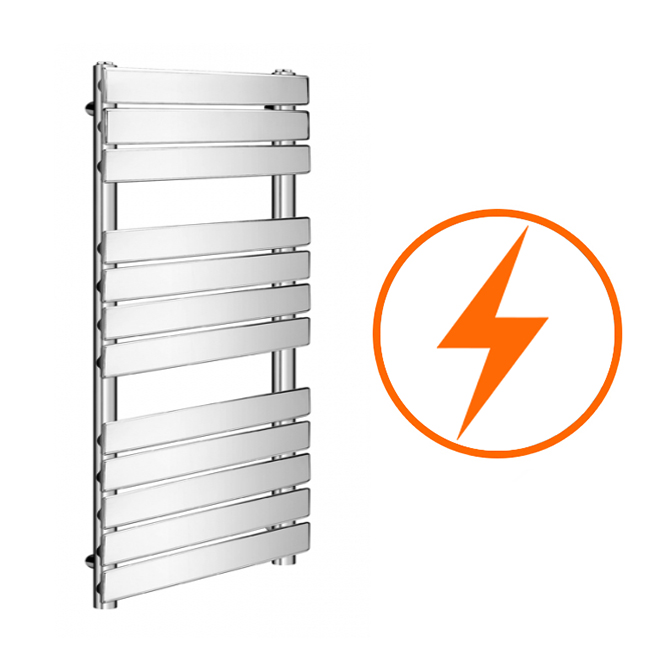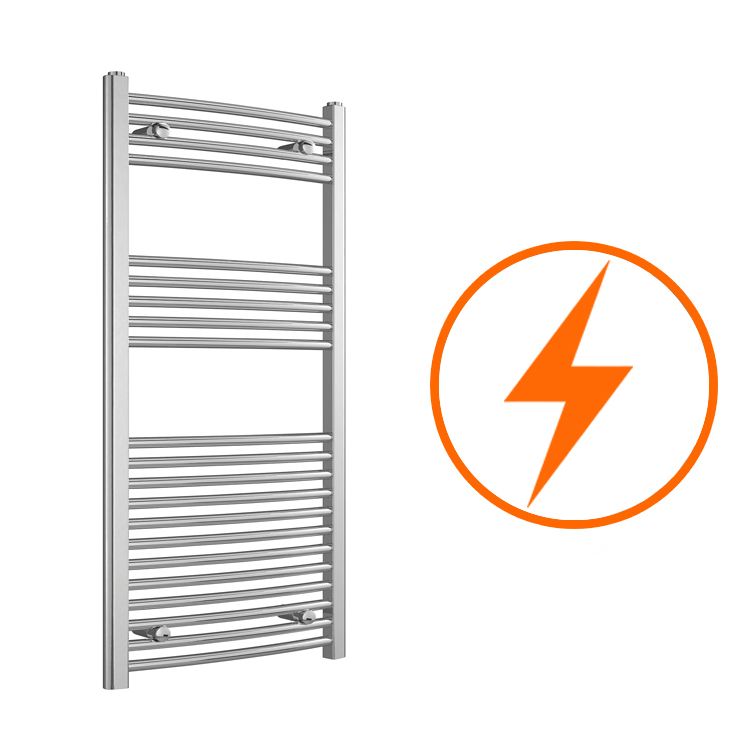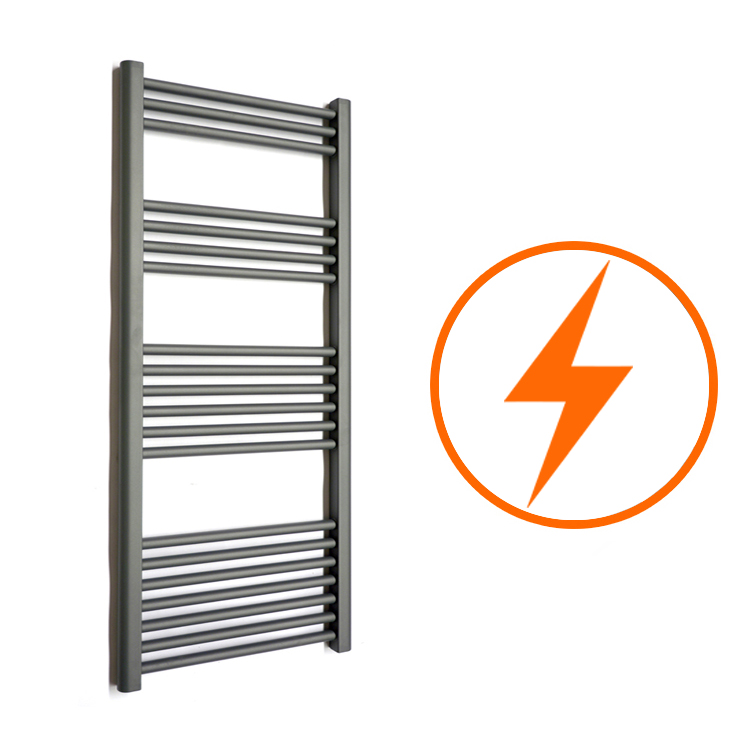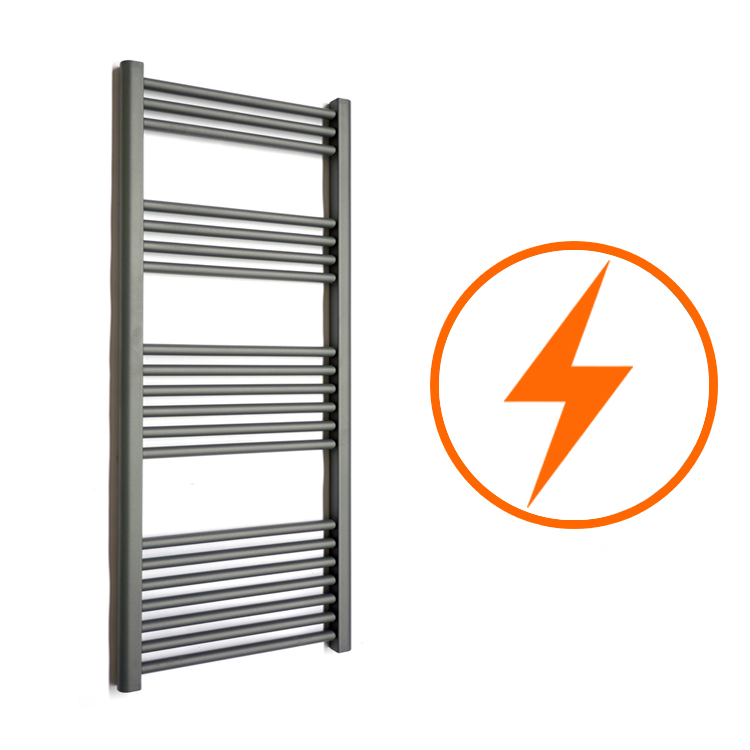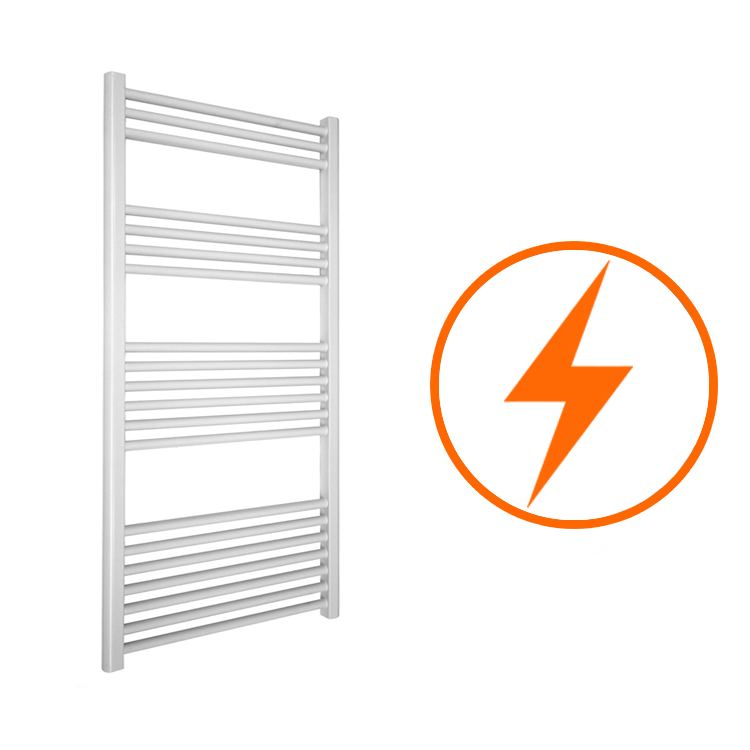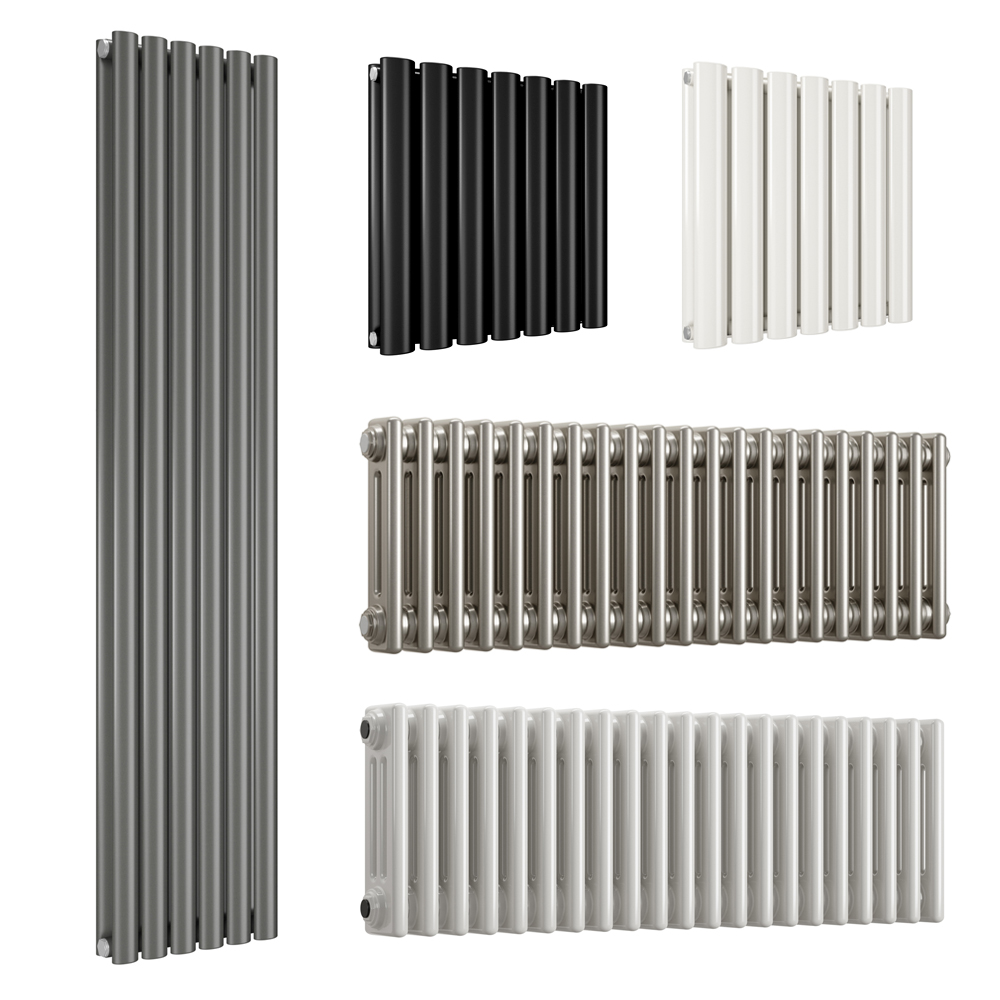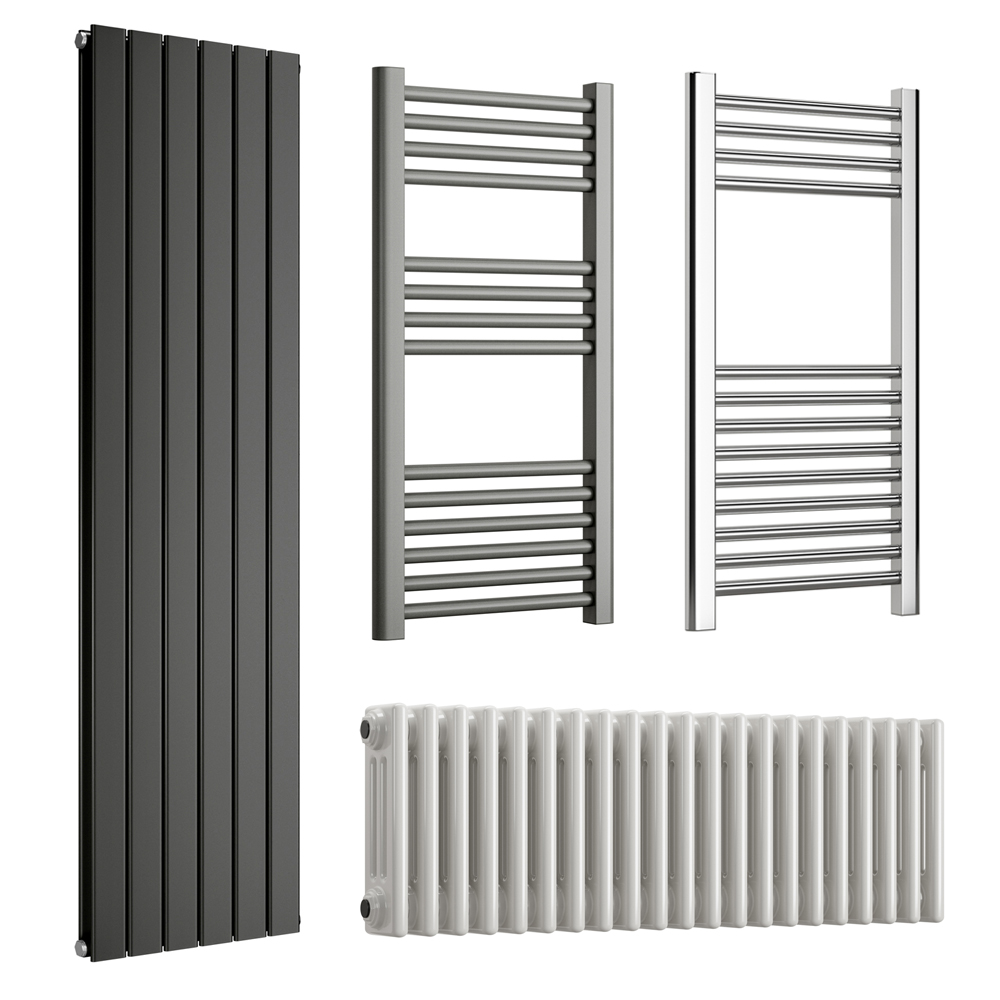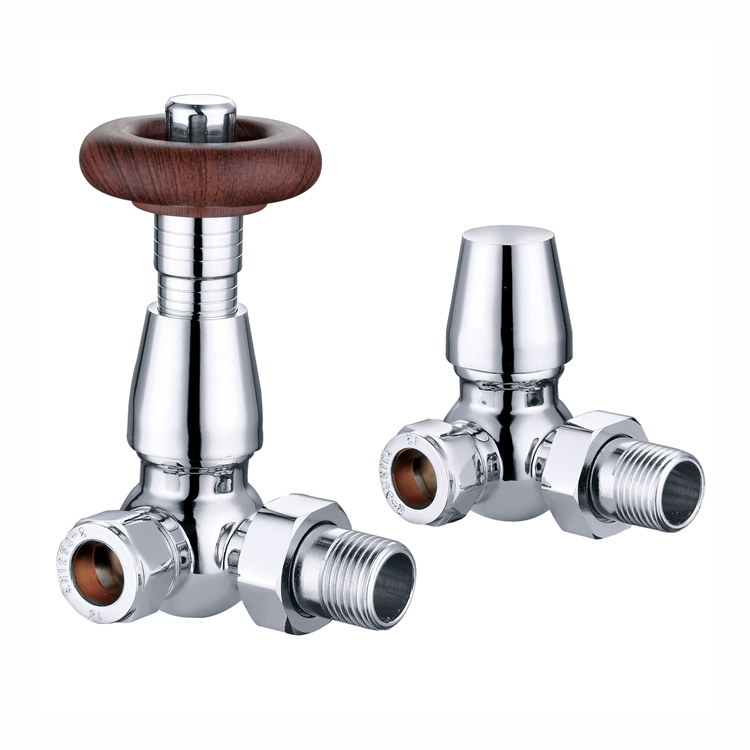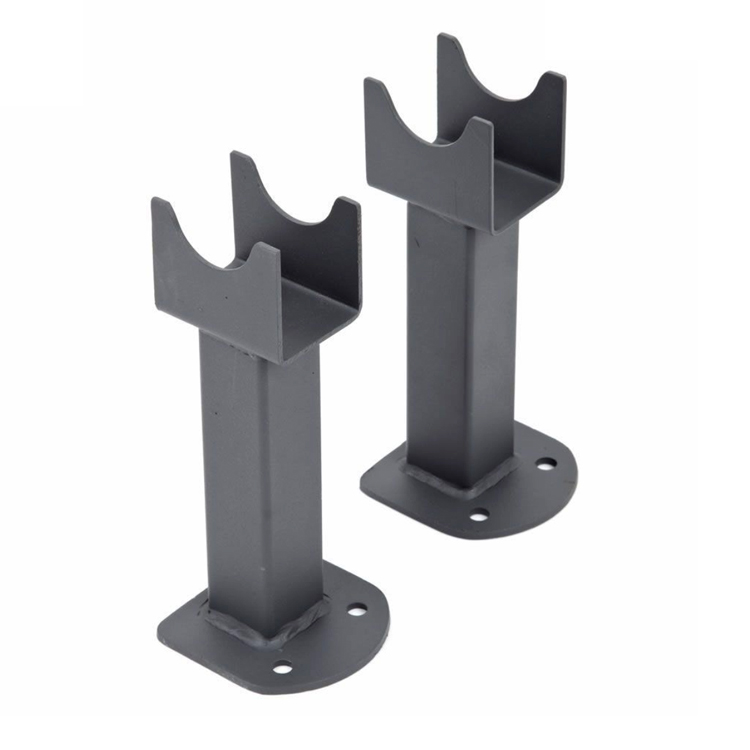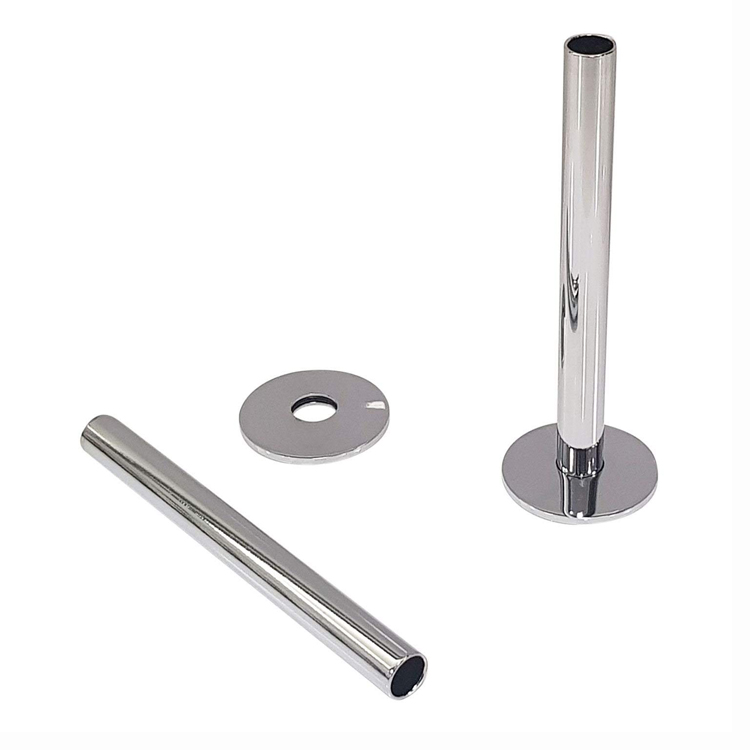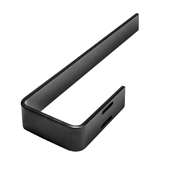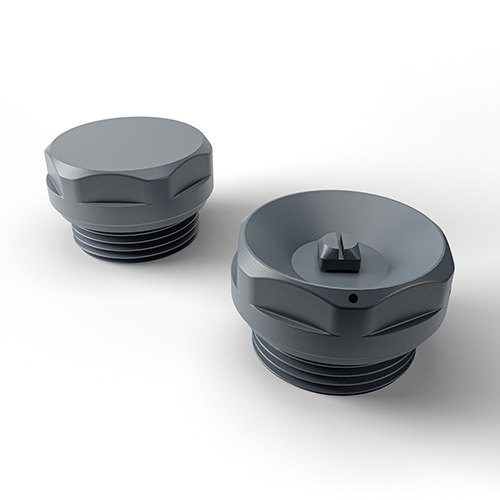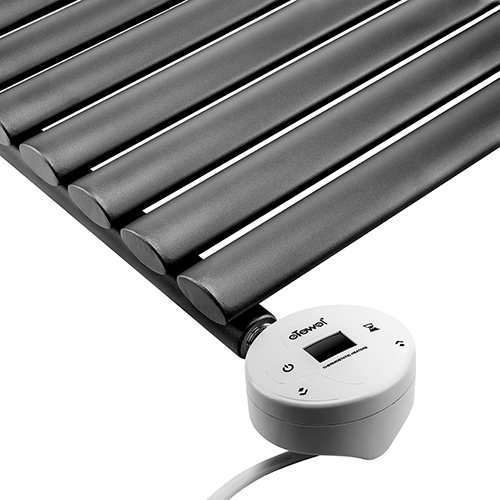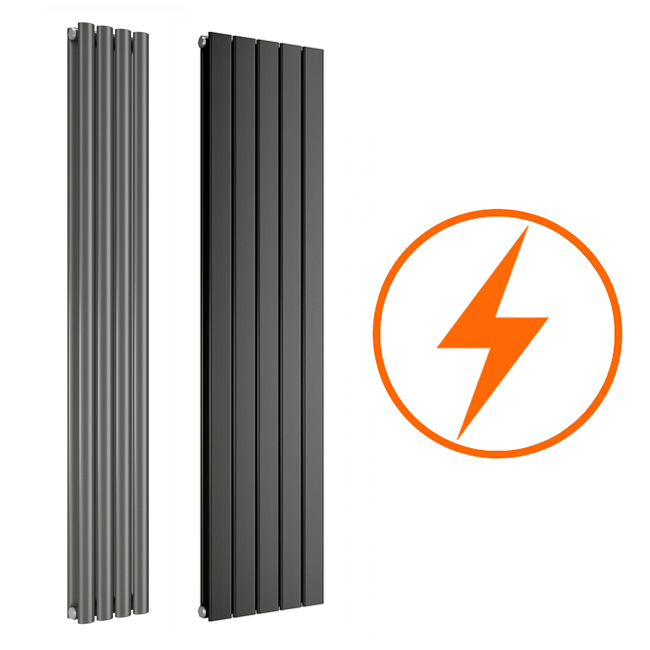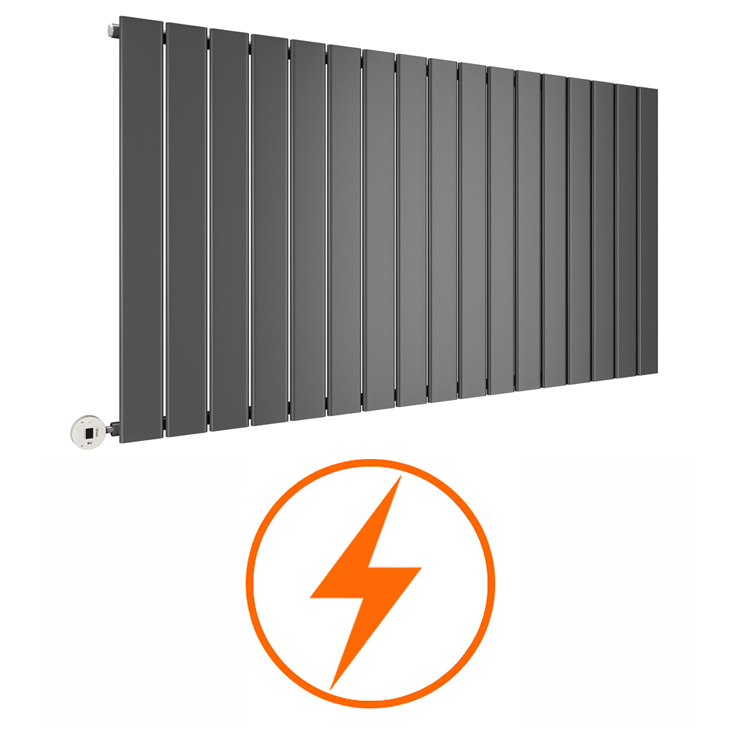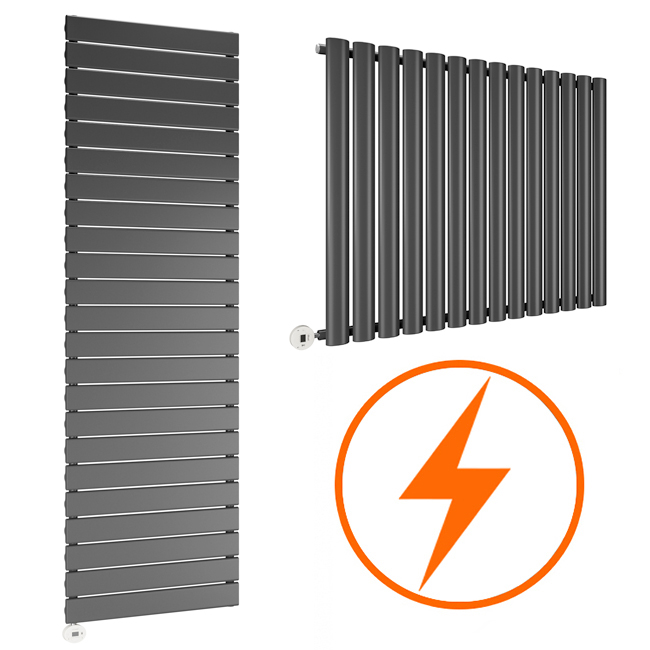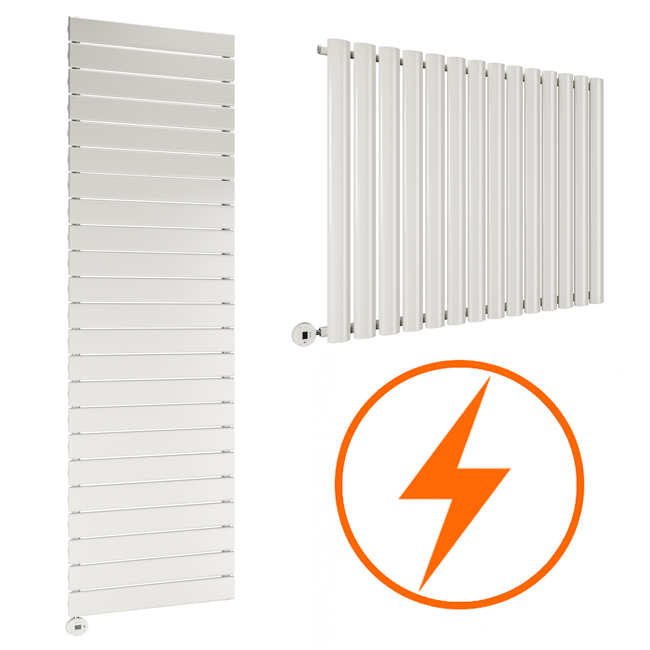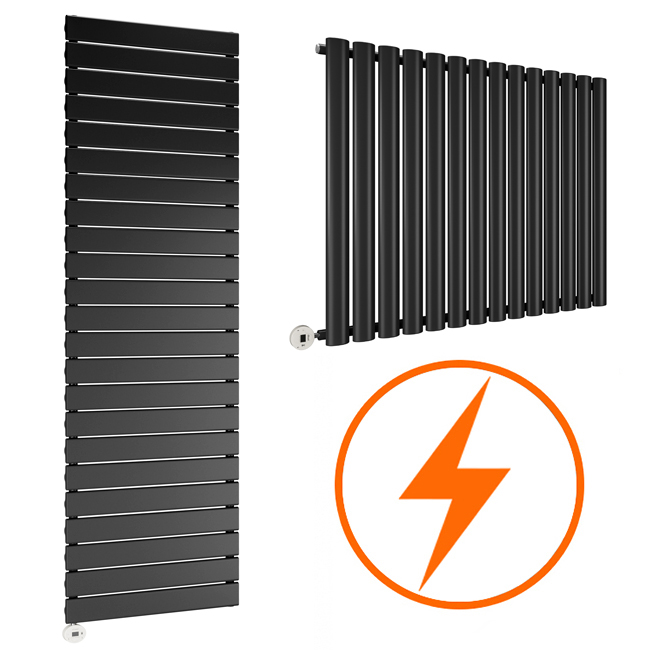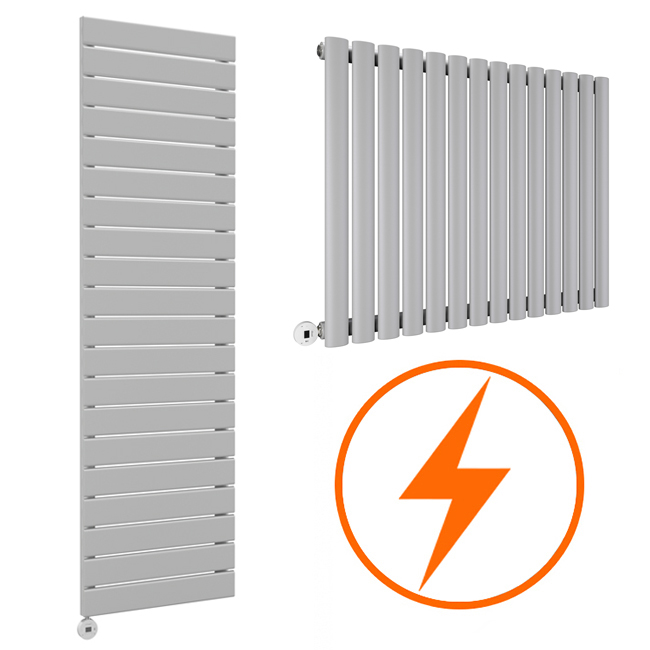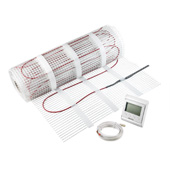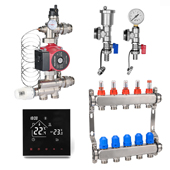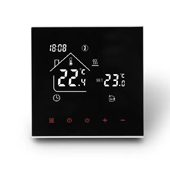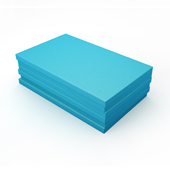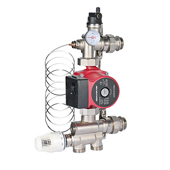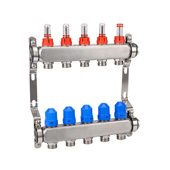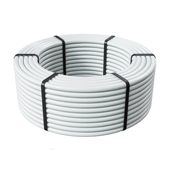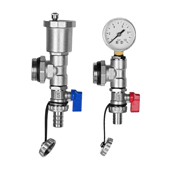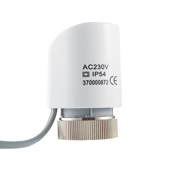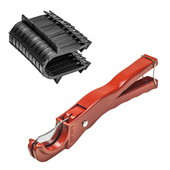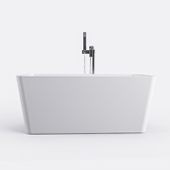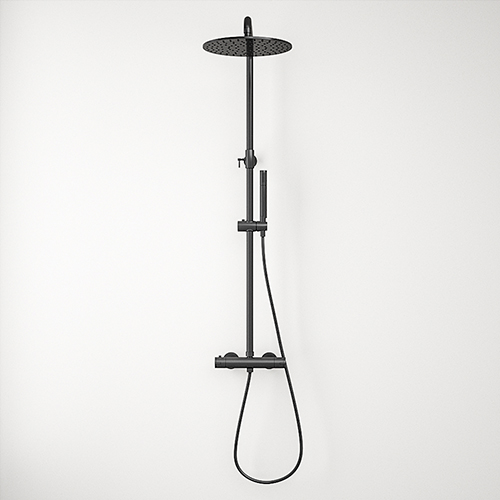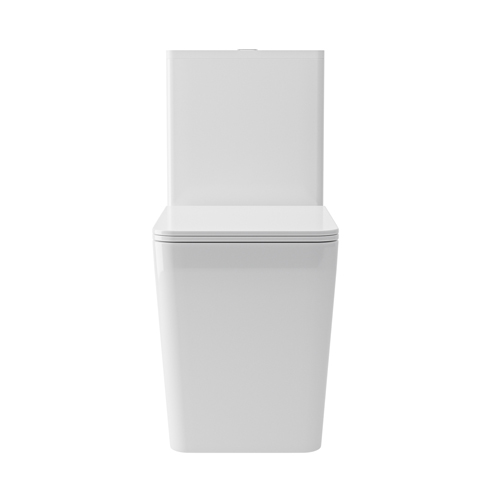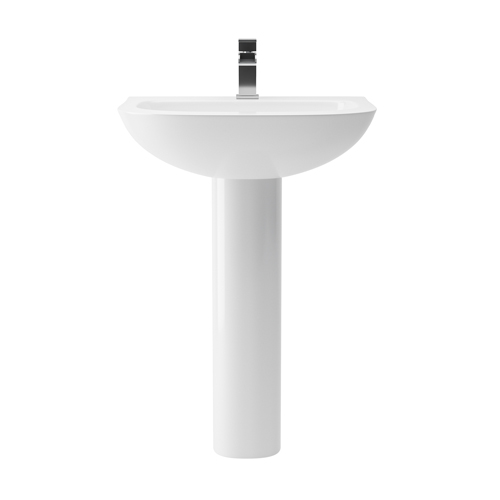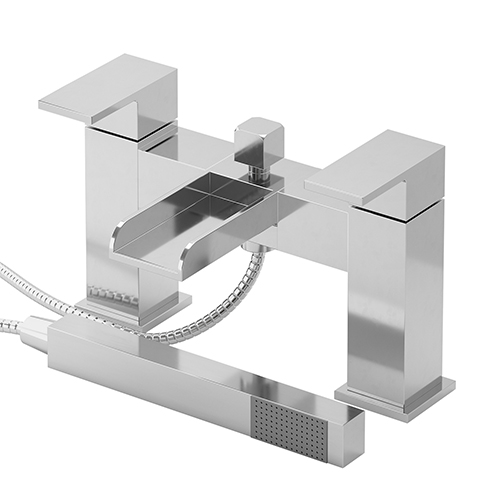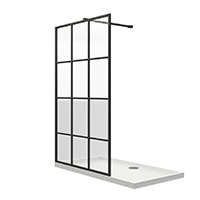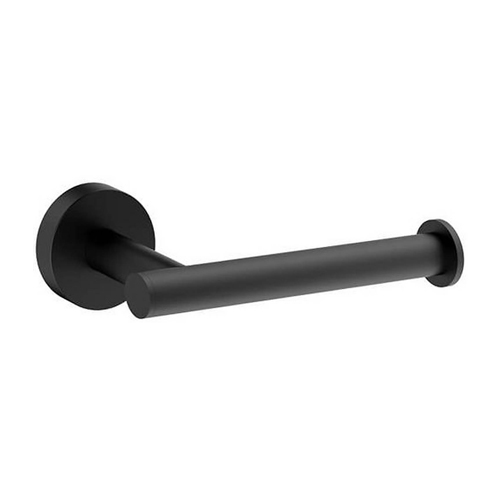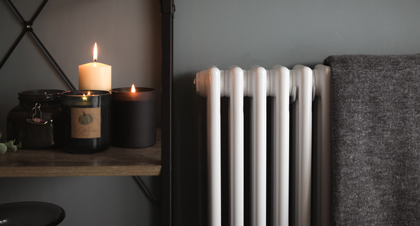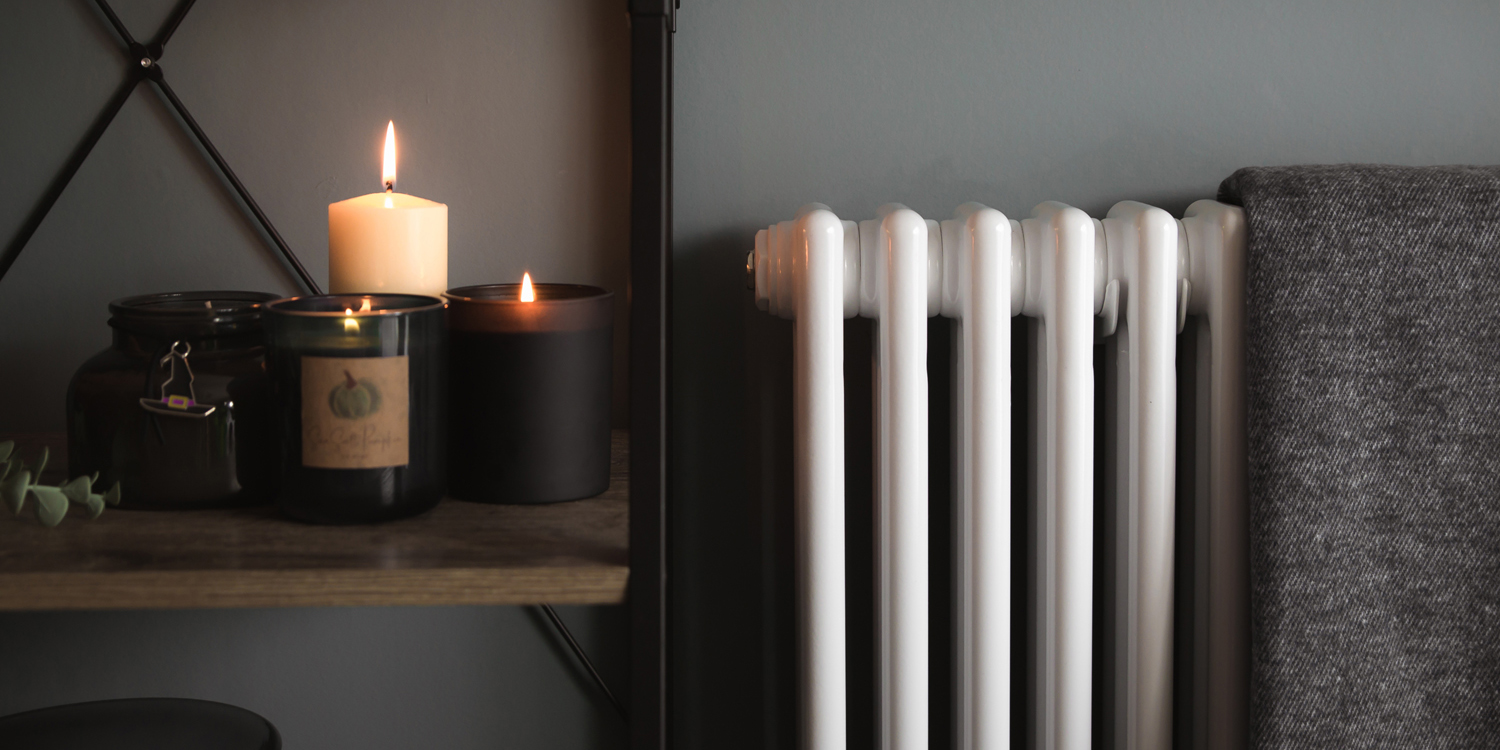
As the long summer evenings fade and autumn takes hold, many UK homeowners begin to think about switching the heating back on. The transition from mild to cooler weather is the perfect time to ensure your heating system is in good working order. Preparing early means you can avoid costly surprises once temperatures drop and guarantee your home feels warm and welcoming throughout the season.
Autumn is a crucial period, as it acts as a bridge between summer and the colder winter months. It’s when small faults in your heating system, from sluggish radiators to unresponsive thermostats, start to reveal themselves. Addressing these now not only keeps your household comfortable but also helps you manage energy efficiency and heating costs before demand peaks.
Make time for seasonal heating prep
The importance of seasonal heating preparation shouldn’t be underestimated. Autumn may not bring the icy chill of January, but the steady drop in temperature means your heating system is about to be relied upon daily. Ensuring it is functioning efficiently has several benefits.
Energy efficiency
With energy prices remaining a concern for many households, efficiency is key. A well- maintained system uses less fuel, reduces waste, and delivers more consistent warmth. Bleeding radiators, servicing boilers and upgrading controls all contribute to improved efficiency.
Cost savings
Poorly performing heating systems drive up bills. A radiator that doesn’t heat evenly, a thermostat that isn’t calibrated or pipes filled with sludge all force your boiler to work harder than necessary. Preparing your system now can help you avoid expensive winter energy bills.
Comfort and wellbeing
There’s nothing worse than switching on the heating on the first chilly evening only to find it doesn’t work properly. Seasonal prep ensures your home stays consistently warm and avoids the frustration of sudden breakdowns. For families, the elderly or those working from home, comfort is especially important during shorter autumn days.
Avoiding winter breakdowns
Heating engineers are in high demand during the coldest months. By spotting issues in autumn, you can arrange repairs or upgrades before emergency call-outs become the only option – often at a higher cost.
Simply put, seasonal preparation helps you save money, protect your home and enjoy the comfort you deserve.
Assessing your current heating system
Before upgrading or introducing new gadgets, it’s worth taking stock of what you already have. A quick assessment can reveal whether your system needs a minor tune-up or something more substantial.
Check your radiators
Radiators are at the heart of most home heating systems. Start by switching on your heating and feeling for cold patches. If the top is cooler than the bottom, your radiator may need bleeding to release trapped air. If you notice uneven heat across multiple radiators, the system might require balancing, where water flow is adjusted to distribute heat evenly throughout the home.
Both traditional radiators and designer radiators require the same basic maintenance. However, if your radiators are more than 15-20 years old, they may not be as efficient as modern models. Older radiators often lack the sleek design and improved output of newer versions, meaning they take longer to heat and lose warmth faster.
Service your boiler
Your boiler is the powerhouse of your heating system. Annual servicing by a qualified professional ensures it runs safely and efficiently. This includes checking for leaks, testing pressure levels and cleaning out internal components. A healthy boiler supports consistent heating and reduces the risk of breakdowns.
Inspect your controls
Heating controls, including thermostats and timers, play a vital role in managing comfort and efficiency. Test them in autumn to ensure they’re responsive. If your thermostat is slow to react, it may be time to upgrade to a smart heating control.
Look for inefficiencies
Listen for unusual noises, such as banging or gurgling pipes and watch out for radiators that take a long time to warm up. These can be signs of sludge build-up or circulation issues. Power flushing may be necessary to restore efficiency.
Taking the time to carry out these checks helps you identify small problems before they grow into bigger – and more expensive – issues.
Smart, automated and zoned heating
Heating technology has advanced considerably over the past decade, offering homeowners more control, flexibility and efficiency. If your system feels outdated, autumn is the ideal time to consider upgrading.
Smart heating
Smart heating allows you to control your heating remotely via smartphone apps or voice assistants. With a smart thermostat, you can adjust temperatures room by room, schedule heating around your lifestyle and monitor energy usage in real time. This ensures you’re not wasting heat in empty rooms or running the system longer than necessary.
For families with busy schedules, the convenience of smart heating is invaluable. You can switch the heating on during your commute home, so the house is warm by the time you arrive. Many systems also use geofencing, detecting when you’re close to home and adjusting automatically.
Automated heating
Automated heating takes the concept further by learning your habits and adjusting accordingly. Instead of manually programming schedules, these systems adapt to your lifestyle – pre-warming the home in the morning, turning off during work hours and adjusting for weekends. Some even respond to weather forecasts, ensuring consistent comfort without constant input.
Zoned heating
Zoned heating divides your home into separate areas that can be controlled independently. For example, you may want the living room warm in the evening but prefer cooler bedrooms. Zoned systems allow you to heat only the spaces you’re using, saving energy and increasing comfort.
When combined, smart, automated and zoned heating provides complete control over your environment. They deliver warmth exactly where and when you need it, cutting waste and enhancing efficiency. For those upgrading in autumn, these technologies represent one of the smartest investments you can make.
Radiator options for efficiency and style
Radiators are no longer just functional; they’ve become a design statement. Choosing the right type can improve efficiency while also complementing your home’s style.
Traditional radiators
Traditional radiators remain popular in many UK homes. Their classic appearance works well in period properties and modern versions have been updated for better heat output. Metal and antique brass-style radiators, for example, retain heat well, making them efficient as well as stylish.
If you already own traditional radiators, autumn is a good time to check their performance. Consider whether upgrading to newer models could improve efficiency, especially if your current ones are dated.
Designer radiators
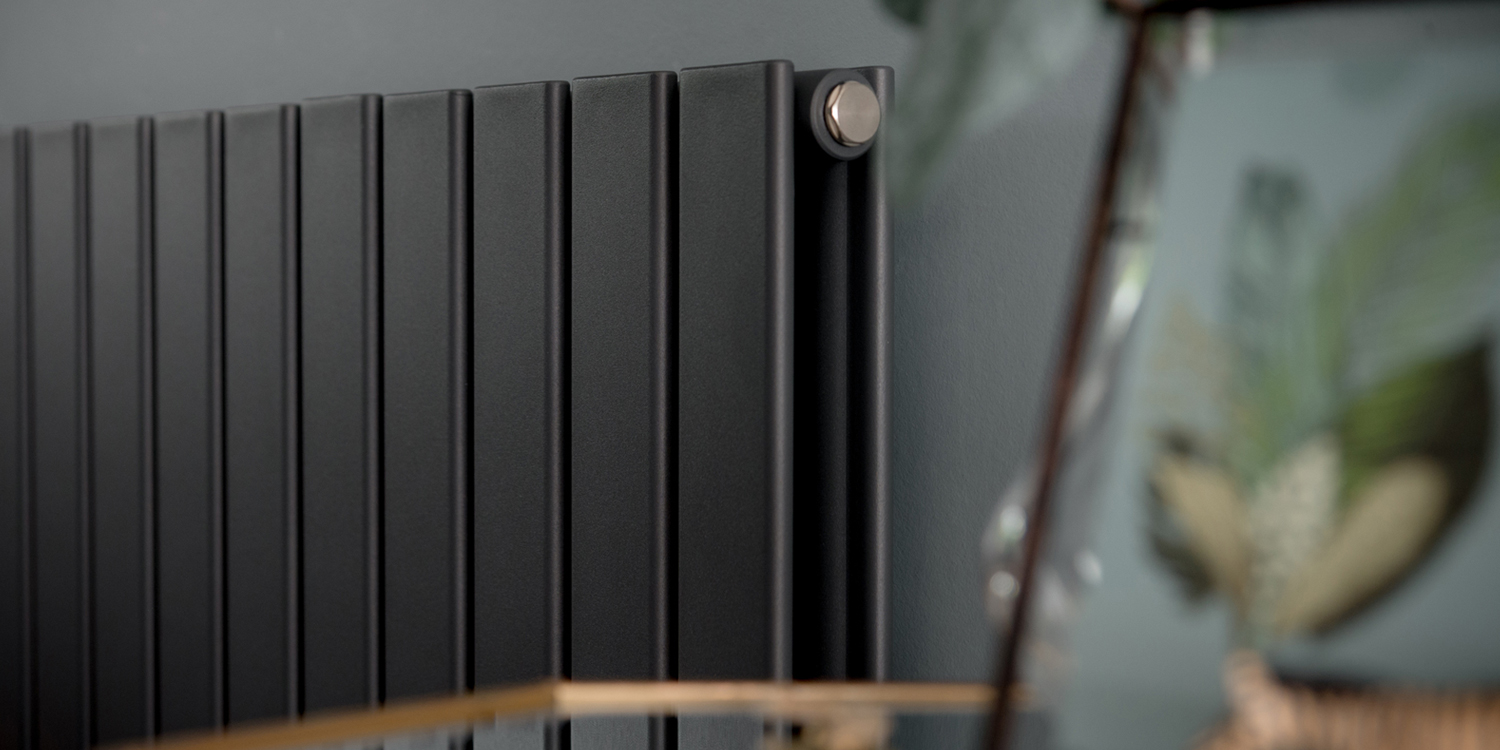
Designer radiators offer a contemporary twist. Available in a wide range of shapes, finishes and colours, they serve as both heating solutions and interior design features. From vertical radiators that save space in hallways to striking horizontal designs that double as focal points, they provide flexibility for modern living.
Beyond aesthetics, many designer radiators are engineered for high efficiency, using advanced materials to maximise heat output while reducing energy use.
When to upgrade
If your radiators are struggling to provide consistent warmth, upgrading may be the best solution. Look for energy-efficient models designed with modern systems in mind. Upgrading radiators ahead of winter ensures your heating performs at its best when you need it most.
Is underfloor heating worth it?
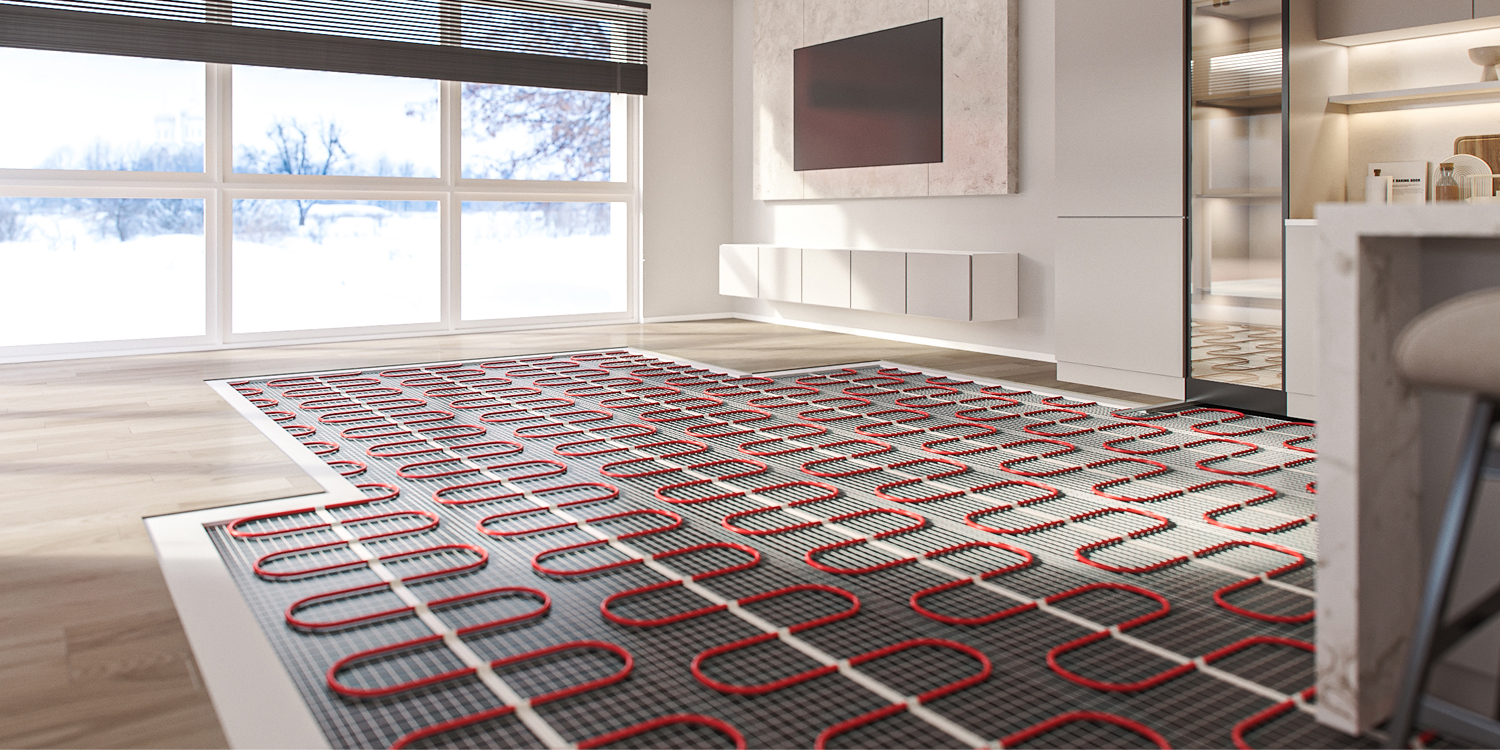
Underfloor heating involves running warm water pipes or electric mats beneath your flooring. The system gently radiates heat upwards, creating an even distribution throughout the room.
Benefits
Consistent warmth: Heat rises evenly, eliminating cold spots.
Energy efficiency: It often runs at lower temperatures than radiators while still maintaining comfort.
Space-saving: Without radiators, you can enjoy greater design freedom in your rooms.
Luxury feel: Walking barefoot on a warm floor during autumn and winter is a small comfort that makes a big difference.
Limitations
Installation can be disruptive, especially in existing homes, as floors may need to be lifted. Costs can also be higher initially compared to upgrading radiators. Underfloor heating works best in new builds or major renovations but can still be retrofitted in certain cases.
Compatibility
Underfloor heating can work alongside radiators, allowing you to enjoy the best of both worlds. For example, you might use underfloor heating in a bathroom or kitchen while relying on radiators in bedrooms and living spaces.
Energy-saving tips for autumn and beyond
Preparing your heating system isn’t only about hardware; it’s also about how you use it. Small adjustments can make a significant difference to energy efficiency and comfort.
Insulate around radiators
Draught-proofing windows and doors, insulating cavity walls and using thick curtains can stop warm air escaping and cold air creeping in. The less heat you lose, the less you’ll need to generate.
Bleed and balance radiators
Trapped air reduces radiator performance. Bleeding radiators ensures hot water circulates properly. Balancing helps distribute heat evenly across your system.
Upgrade to thermostatic radiator valves (TRVs)
TRVs let you control the temperature of individual radiators. Combined with zoned heating, they give you fine-tuned control over each room.
Insulation
Good insulation keeps heat inside your home. Check loft insulation, seal draughts around doors and windows and consider insulating pipes to reduce heat loss.
Use timers effectively
Programme your heating to match your routine. Heating an empty house wastes energy, so set timers to switch on only when needed.
Regular servicing
Schedule annual boiler servicing and system checks in autumn. Preventive maintenance ensures reliability and efficiency when you need it most.
Combine systems wisely
Mixing designer radiators and underfloor heating can create an efficient system tailored to your home. Pairing these with smart or automated heating controls maximises performance.
By combining good habits with smart technology, you can keep your home warm while reducing unnecessary energy use. Preparing your heating system in autumn is about more than comfort; it’s about protecting your home, managing energy costs and avoiding mid- winter stress.
Taking action now ensures you’ll enjoy a warm and efficient home all season long – shop with us today.
 Need Radiators FAST?
Need Radiators FAST? 



